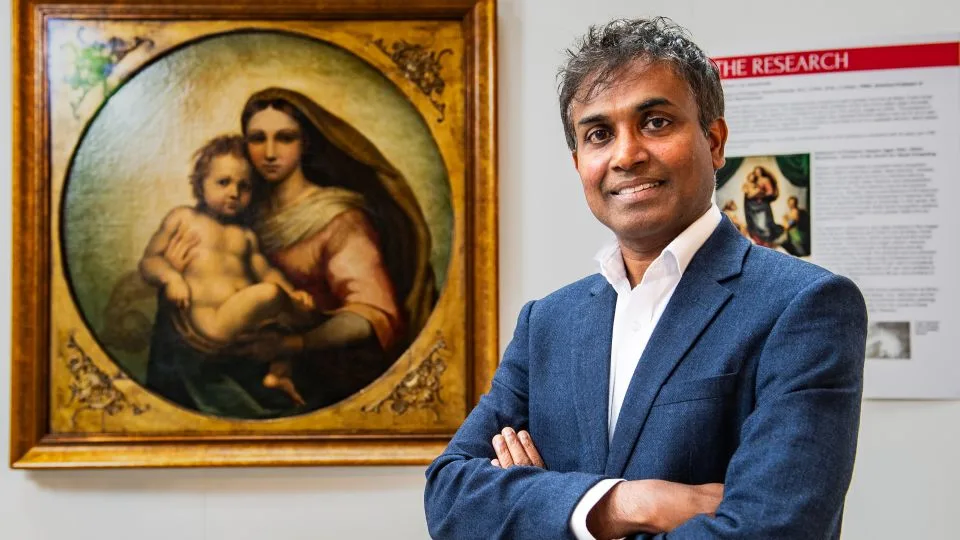Brighter Side of News
1d
2.1k

Image Credit: Brighter Side of News
Advanced AI cracks 500 year-old art mystery
- Art authentication has evolved with a blend of science, history, and cutting-edge technology, including the use of artificial intelligence.
- Art experts traditionally relied on visual clues and manual processes to authenticate artworks, with connoisseurship playing a significant role in attributions.
- Advancements in AI have revolutionized art analysis by detecting patterns in artworks, analyzing brushstrokes, color schemes, and textures.
- A team at the University of Bradford used AI to analyze Raphael's painting The Madonna della Rosa, uncovering insights about the artist's hand in different parts of the artwork.
- AI employs convolutional neural networks and deep learning models like ResNet50 to classify artworks based on stylistic nuances with high accuracy.
- Challenges in AI art authentication include the availability of high-quality training data and the debate over AI's role in replacing human expertise.
- AI's growing acceptance in the art world is evident through successful studies like the authentication of the de Brécy Tondo painting as an authentic Raphael using AI.
- The integration of AI with traditional art analysis methods aids in expanding understanding and authentication of artworks by various artists.
- AI's potential in art extends beyond authentication to broader art studies, offering new avenues for exploration in art history.
- The research by the University of Bradford team, published in Heritage Science, exemplifies how AI complements scholarly art analysis to accurately understand and preserve art history.
- As AI reshapes the art authentication process, the dialogue between human expertise and machine precision continues to deepen, expanding the boundaries of uncovering art mysteries.
Read Full Article
11 Likes
For uninterrupted reading, download the app